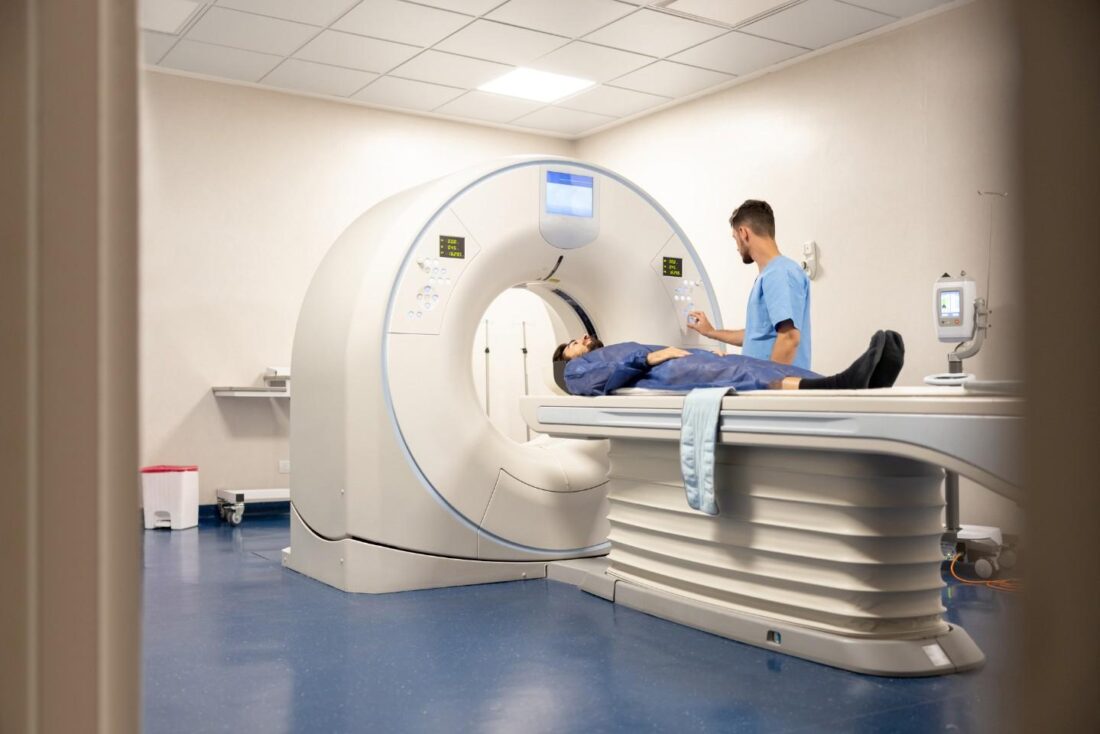Radiology, once solely a diagnostic tool, is rapidly evolving to play a crucial role in the realm of preventative healthcare. From cancer screenings to monitoring chronic conditions, advancements in radiological technologies are transforming how diseases are detected, treated, and prevented. This shift towards early detection is not only improving patient outcomes but also reducing the long-term costs and burdens of healthcare. Let’s explore how radiology is shaping the future of preventative medicine and why it is becoming a cornerstone of modern healthcare strategies.

The Role of Radiology in Early Detection
One of the most significant impacts of radiology in preventative healthcare is its ability to detect diseases in their earliest stages. Imaging technologies, such as mammography, MRI, and CT scans, allow medical professionals to identify abnormalities long before they manifest as symptoms. In cancer care, for example, regular screenings can lead to early diagnoses of breast, lung, and colorectal cancers, dramatically improving survival rates.
Early detection is critical in cancer treatment because the earlier the disease is caught, the more effective the treatment options become. Radiological tools like low-dose CT scans are increasingly being recommended for high-risk individuals, particularly in detecting lung cancer in smokers or former smokers. These screenings can lead to interventions before the disease progresses, making treatment less invasive and more successful.
Advancements in Radiological Technologies
Radiology has benefited immensely from technological advancements, with new imaging methods offering clearer, more detailed insights into the human body. Techniques such as 3D mammography and functional MRI (fMRI) are paving the way for better understanding and early intervention in various diseases. These innovations enable radiologists to detect minute changes in tissue, vascular structures, or brain activity, which could signify the onset of serious health issues.
In particular, 3D mammography has been revolutionary in breast cancer detection. Traditional mammograms, while effective, can sometimes miss cancers hidden by dense breast tissue. With 3D imaging, radiologists can examine the breast tissue layer by layer, allowing for more accurate detection and reducing the need for follow-up exams or biopsies.
Meanwhile, functional MRI is opening new avenues in neurological research and treatment. This imaging technique allows doctors to observe brain activity in real time, offering a better understanding of diseases such as Alzheimer’s, Parkinson’s, and even mental health disorders like depression. By detecting anomalies in brain function early, doctors can develop personalised treatment plans to slow the progression of these diseases or, in some cases, prevent them altogether.
Radiology in Chronic Disease Management
Beyond cancer detection, radiology is also essential in managing chronic conditions such as cardiovascular disease and diabetes. Imaging technologies allow for continuous monitoring of these diseases, helping doctors tailor treatments to individual patients. For example, CT scans and MRIs are often used to monitor the heart and blood vessels for signs of atherosclerosis or other cardiovascular diseases. This early detection enables interventions like lifestyle changes or medications that can prevent heart attacks or strokes.
In the case of diabetes, radiological imaging can help assess the health of organs affected by the disease, such as the kidneys, eyes, and heart. Early detection of complications through imaging can lead to more effective management and potentially reduce the long-term impacts of the disease.
Personalised Medicine and Radiology
The future of preventative healthcare is moving towards personalised medicine, and radiology plays a critical role in this approach. Personalised medicine tailors healthcare to the individual, considering their genetic makeup, environment, and lifestyle. Radiological tools help create detailed images of the body, which can then be combined with genetic data to form a more comprehensive understanding of a patient’s health.
For example, in oncology, radiology can help identify specific markers within tumours that might indicate how a patient will respond to a particular treatment. This personalised approach to treatment increases the chances of success and reduces the likelihood of unnecessary side effects.
Additionally, radiology’s role in monitoring the effectiveness of treatments ensures that adjustments can be made in real time, further enhancing the precision of personalised medicine. Whether it’s evaluating how well a chemotherapy regimen is working or adjusting the course of treatment for chronic disease management, radiology provides crucial feedback that shapes ongoing care.
Accessing Reliable Information on Radiology
Given the growing role of radiology in preventative healthcare, it’s important to have access to reliable information about various radiological procedures and treatments. Understanding the types of imaging available, their purposes, and how they contribute to early detection and disease management can empower patients and medical professionals alike to make informed decisions.
For those seeking comprehensive and accurate information on radiological applications, it’s valuable to visit https://www.insideradiology.com.au/. This resource provides detailed insights into cancer screenings, imaging techniques, and what to expect from different radiological procedures.
Conclusion
Radiology’s contributions to preventative healthcare cannot be understated. From early cancer detection to personalised treatment plans for chronic diseases, radiology is playing a transformative role in shaping the future of medicine. With continued advancements in imaging technology, we can expect even more precise and effective methods of preventing and treating diseases in the years to come. The future of healthcare is brighter than ever, thanks in no small part to the power of radiology.



